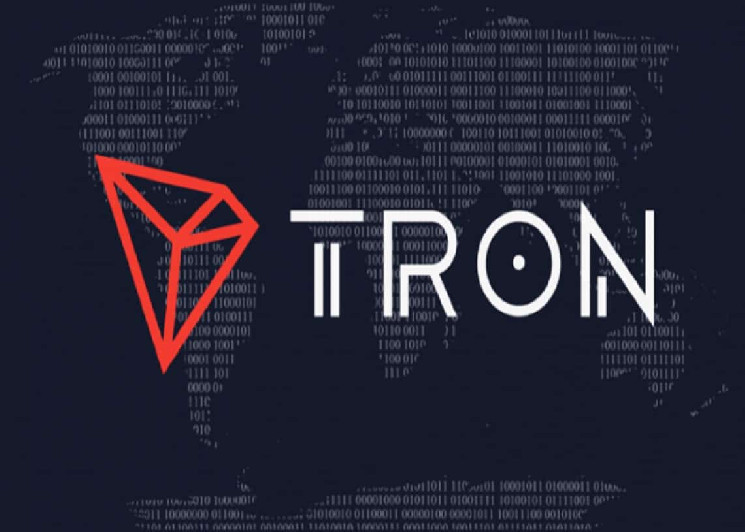When a new Layer-1 blockchain emerges with a promising architecture that enhances scalability, security, or decentralization, the crypto industry reacts predictably. The native cryptocurrency token typically experiences a significant price surge as interest spreads rapidly.
Nevertheless, as with any industry, blockchain experiences cycles of growth and decline. To thrive through downturns, projects must not only deliver on their initial promises but also stay adaptable to industry demands and trends.
The lifecycle of blockchain projects can be segmented into four stages: introduction, growth, maturity, and decline. Projects like Chromia provide real-world examples of navigating through these stages. Chromia successfully revitalized interest by emphasizing its relational database capabilities, designed for AI applications. By enhancing technical capabilities and ecosystem expansion, Chromia showcased its resiliency and adaptability.
Another standout project is TON, which rebounded after facing a decline following its founders’ departure. The community took charge, leveraging integration with Telegram to capture a substantial user base. TON’s focus on blockchain gaming led to significant growth and performance.
These stories highlight the importance of continual innovation and adaptation in the crypto industry. While initial hype may subside, projects that prioritize technological advancements and user needs can rekindle growth and establish a lasting presence in the evolving Web3 landscape.









